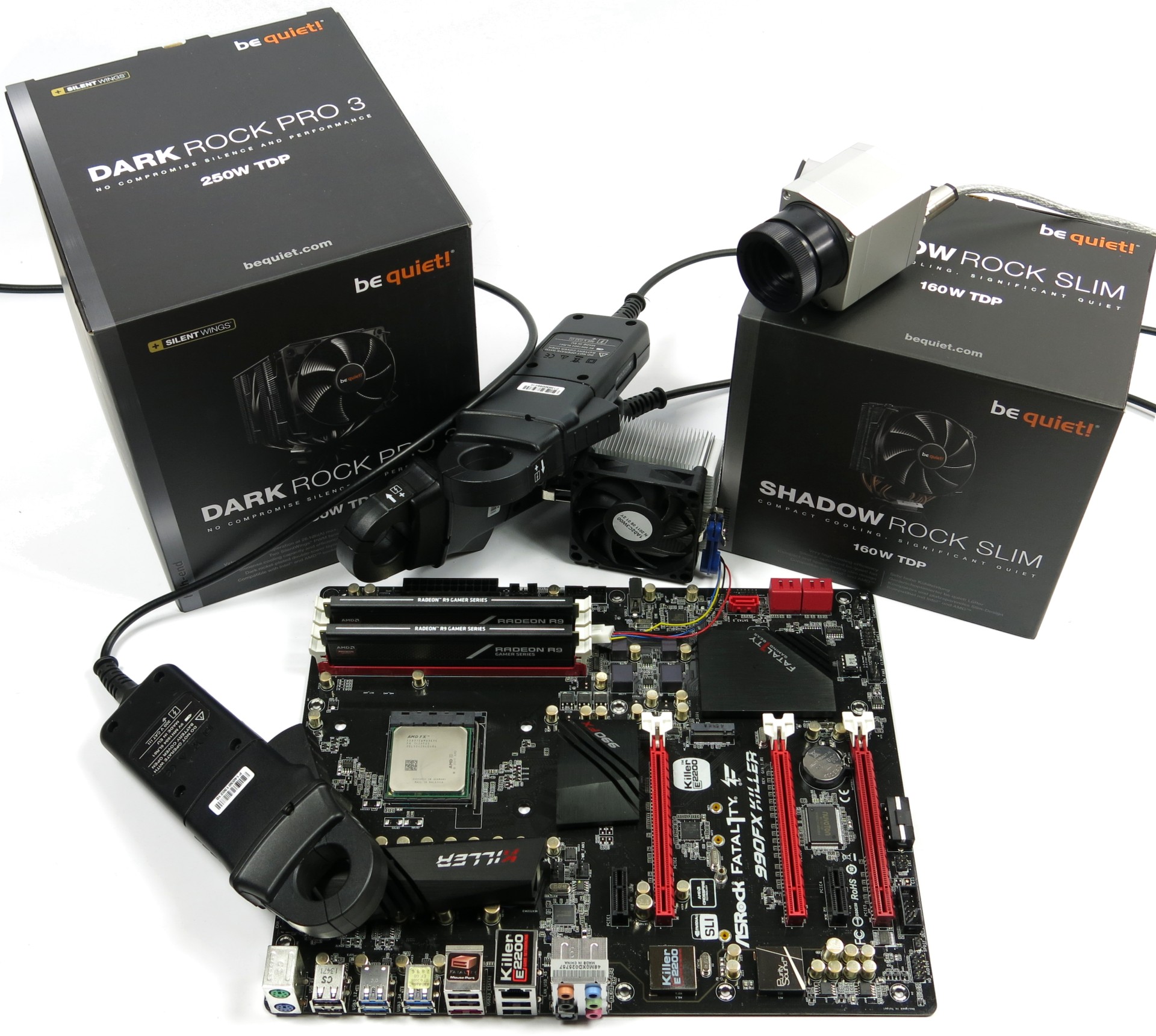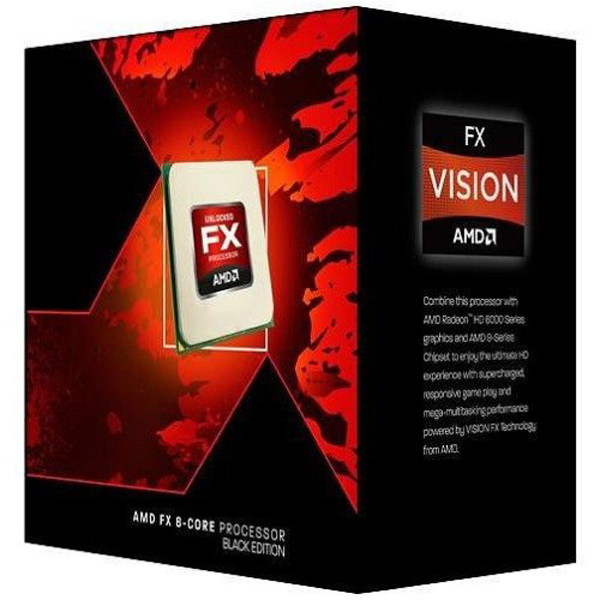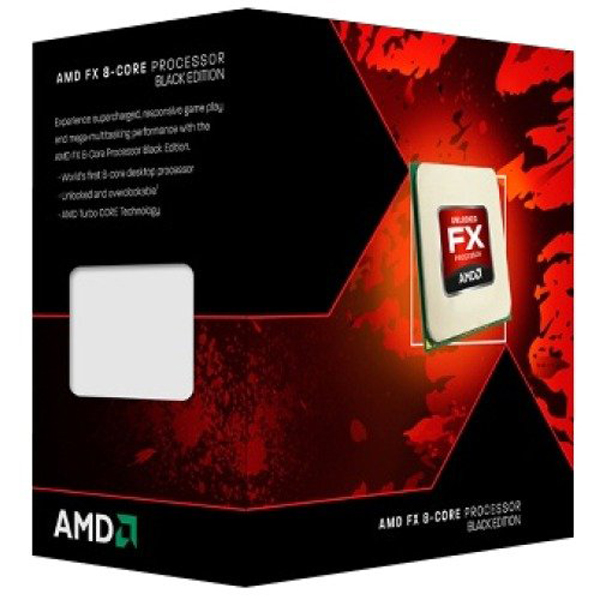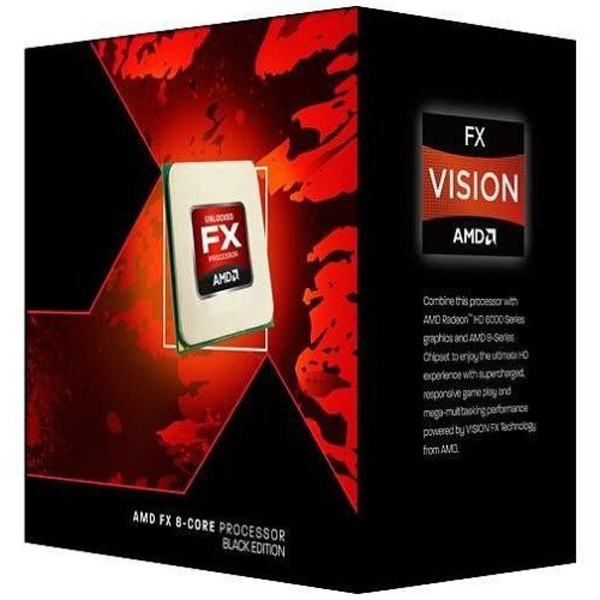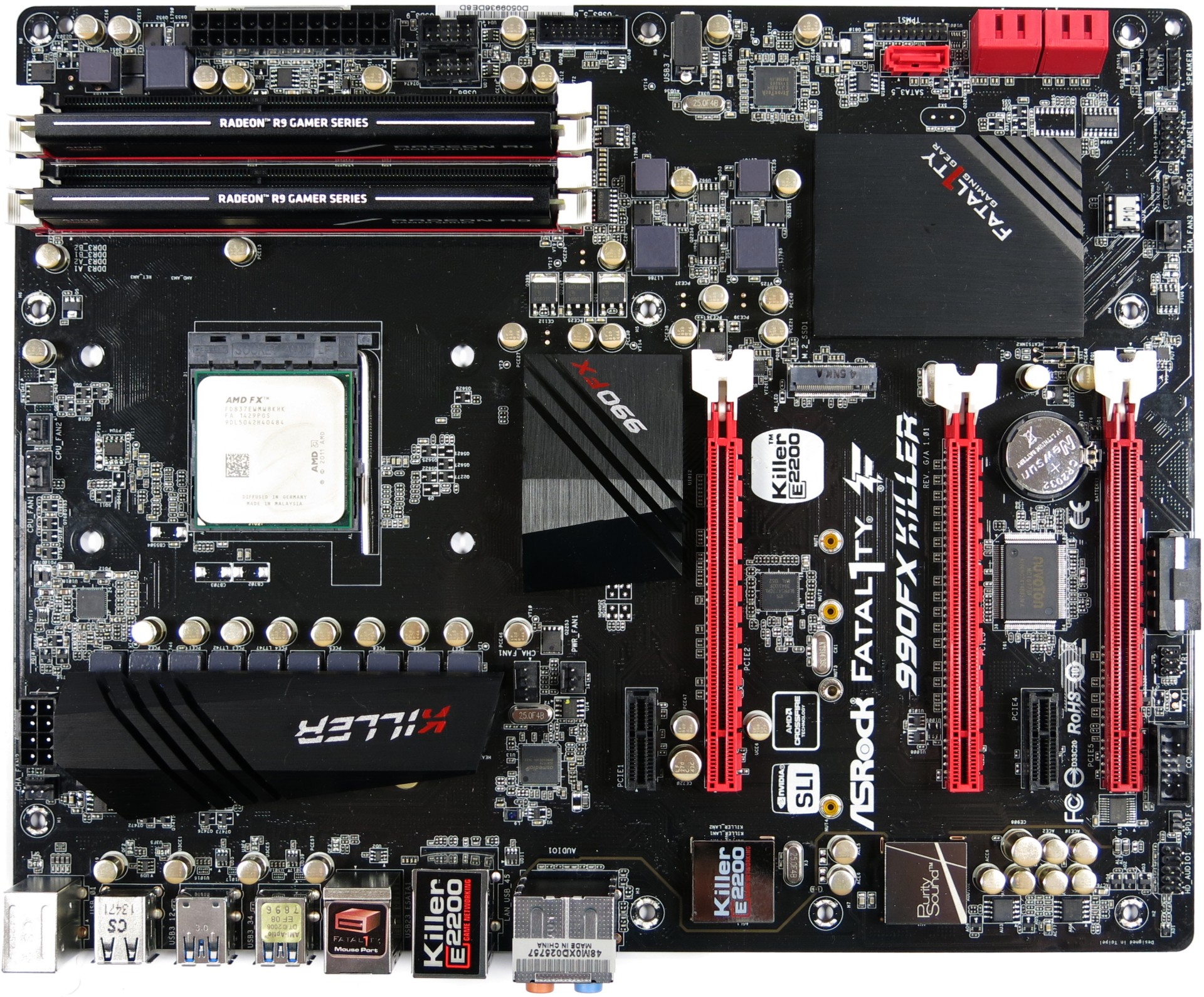AMD FX-8370E Review: Pulling The Handbrake For More Efficiency
Going more slowly is more efficient. That’s what AMD must have thought when they designed its new FX-8370E processor, thus closing a gap in the company's line-up. We evaluate whether this CPU is really more efficient and what happens when we overclock it.
Introducing The AMD FX-8370E
AMD’s three new FX processors are here: the FX-8370, FX-8370E, and FX-8320E. The company also made several older models more affordable. As we'll see though, street pricing still lands close to the respective MSRPs. And the performance benchmarks are going to suggest that AMD needs a couple rounds of cuts before mainstream enthusiasts can get excited about its latest efforts.
AMD sent over an FX-8370E operating at a 3.3 GHz base clock rate. It accompanied the chip with a motherboard, since the new processor wouldn't run on our older Socket AM3+-based platforms; the requisite BIOS updates weren't available yet.
Furthermore, AMD told us that its latest and greatest was rated for a TDP of just 95 W, which would certainly be an improvement over previous FX models. Hold your horses, though. How did the company's engineers achieve this using a familiar architecture and the same manufacturing technology? Is it binning? A less aggressive Turbo Core implementation? Some revision to the die?
A New Focus on Efficiency? Fine by Us!
We’ll take AMD’s word (and TDP rating) as accurate and switch things up a bit to reflect on the new CPU's focus. Of course we'll give you performance benchmarks as well, but only at the end and after a special preamble.
Our purpose is to figure out how much power this processor draws at its stock and Turbo Core clock rates. We want to know where its sweet spot is, and to explore when overclocking just doesn't make sense anymore. From there, we'll benchmark at three different clock rates for a more in-depth look at efficiency.
Unfortunately, AMD shot itself in the foot by using ASRock's Fatal1ty 990FX Killer. Its idle power consumption is a lot higher than what we’re used to from other boards with the same socket. Obviously, this results in the CPU's total power consumption measurements, measured from the motherboard, turning out a lot higher than they need to be.
In the end, this is just another FX processor, so we’re not going to cover the architecture in-depth. If you're new to the FX and the technology inside of it, check out AMD FX-8350 Review: Does Piledriver Fix Bulldozer's Flaws?
Get Tom's Hardware's best news and in-depth reviews, straight to your inbox.
Where the new CPU lands in AMD's FX family, sporting four modules able to schedule eight threads concurrently, can be gleaned from the following table:
Current page: Introducing The AMD FX-8370E
Next Page Power Consumption At The FX-8370E's Stock Clock Rate
Igor Wallossek wrote a wide variety of hardware articles for Tom's Hardware, with a strong focus on technical analysis and in-depth reviews. His contributions have spanned a broad spectrum of PC components, including GPUs, CPUs, workstations, and PC builds. His insightful articles provide readers with detailed knowledge to make informed decisions in the ever-evolving tech landscape
-
MeteorsRaining The price point is a deal breaker. Its a fairly good CPU for AMD builders, but can't give it the tag of budget builder, you get i5 non-K in that price. Its moving into a higher (cost wise) territory with weak arsenal.Reply -
The_Doc How to start a benchmark review? But of course, let's show how powerful is AMD in single core!Reply
I think we all get it Vishera isn't exactly wonderful in single core operations, but:
A) I have yet to see any software which requires A LOT of single core power, it's 2014, if something is still single-core, it probably doesn't need all that power or il old enough to make even Vishera good at it.
B) You are comparing a 2012 architecture to a 4790K, It's like comparing Pentium 4 to a Pentium G3258.
-
husker Article quote: "However, it's probable that AMD sent us a sample chosen specifically for this purpose. Plus, there is almost certainly variance from one -8370E to the next. And so it's hard to know if the FX-8370E is actually better."Reply
If you pre-suppose that your sample is tainted why bother to do the testing and the article in the first place. Perhaps this is a case where your should purchase the product of the shelf in order to better serve your readers. -
1991ATServerTower I would have liked to see a power consumption chart of the following cpus all clocked to 3.8GHz.Reply
8150, 8320, 8230e, 8350, 8370e.
That would demonstrate the improvements of Vishera over Bulldozer, as well as any improvements offered by binning. -
oxxfatelostxxo "If you pre-suppose that your sample is tainted why bother to do the testing and the article in the first place. Perhaps this is a case where your should purchase the product of the shelf in order to better serve your readers."Reply
1) almost every vendor does this, cpus, graphics, ect..
2) the chip they received is exactly what you get when you buy it off the shelf, however every cpu/gpu ect varies by a small amount. The vendors simply make sure that review sites get the top end of that group. In all honesty we are probably talking 3% performance from the majority at most. -
ShadyHamster Any chance the older 8320/50 could be tested at the same voltages and clock speeds to better compare power usage?Reply
My 8320 will happily run 3.5/3.6ghz @ 1.15v as long as turbo core is disabled. -
m32 I've had a few 8350's that needed 1.41-1.45v for 4.5. These E models needs less voltage compared to the originals when dealing with "moderate" overclocks.Reply
I will probably get the 8320E for my office computer during Black Friday. $140 is the price right now but I prefer $125 or less for an AMD CPU. -
Chris Droste for all we know a nice, process-refined 8350 is the exact same chip under the hood, they just clocked it down and gave it a new name. someone wake me when AMD starts to innovate desktop CPUs again.Reply -
hmp_goose While it's nice to see a sweet spot staked out for the OC, and really nice to hear about how much smaller the heatsink can be, what I'd like to see if the E OCs cooler/ less wattage then the two non-Es. I like to think a 8350 is better then a 8320 if you care about power consumption at all, and want to see if the trend continues with the 8370 & 8370E …Reply -
RedJaron Reply
Precisely, which goes right along with what Igor said:14227111 said:The price point is a deal breaker. Its a fairly good CPU for AMD builders, but can't give it the tag of budget builder, you get i5 non-K in that price. Its moving into a higher (cost wise) territory with weak arsenal.
Yes 4.5 GHz and higher is possible, but at a certain point you're going to spend too much on a beefy motherboard and high-end cooler, negating the value of overclocking outright.
Far too many people forget the whole cost of OCing a chip. Sure, a 4.5 83XX can slightly beat a stock i5, but at what cost? The 6300 is a far more compelling CPU for tweakers. If you're lucky on a few sales, you can get the chip, cooler, and mboard for the same $200. And as pointed out here, unless you're pairing it with a top-shelf GPU, you won't see any gaming benefits with a pricier platform.
This is AMD's latest offering. The Haswell refresh is Intel's latest offering. Whatever the products' pedigrees, why shouldn't the two latest SKUs be compared?14227240 said:B) You are comparing a 2012 architecture to a 4790K, It's like comparing Pentium 4 to a Pentium G3258.
